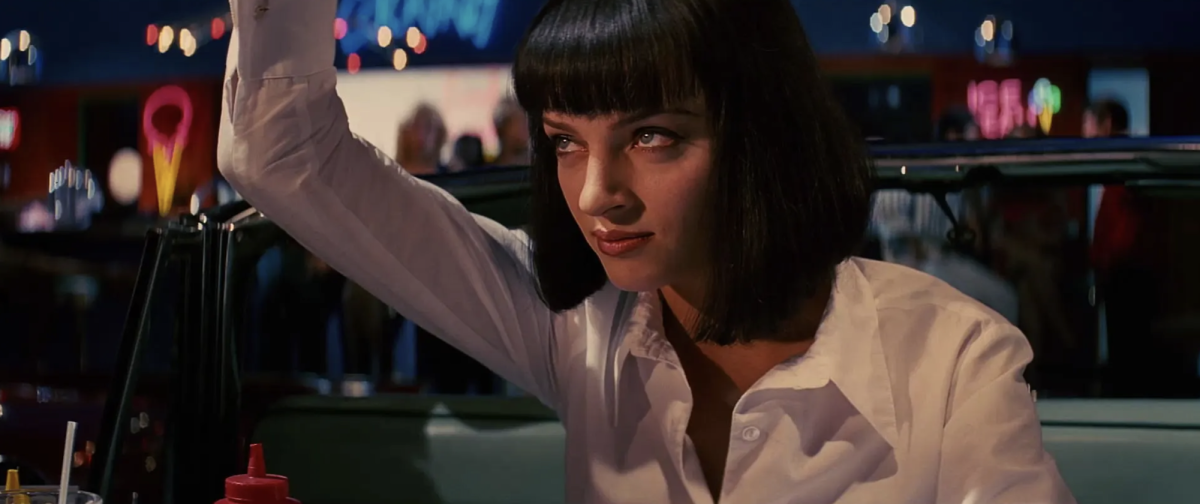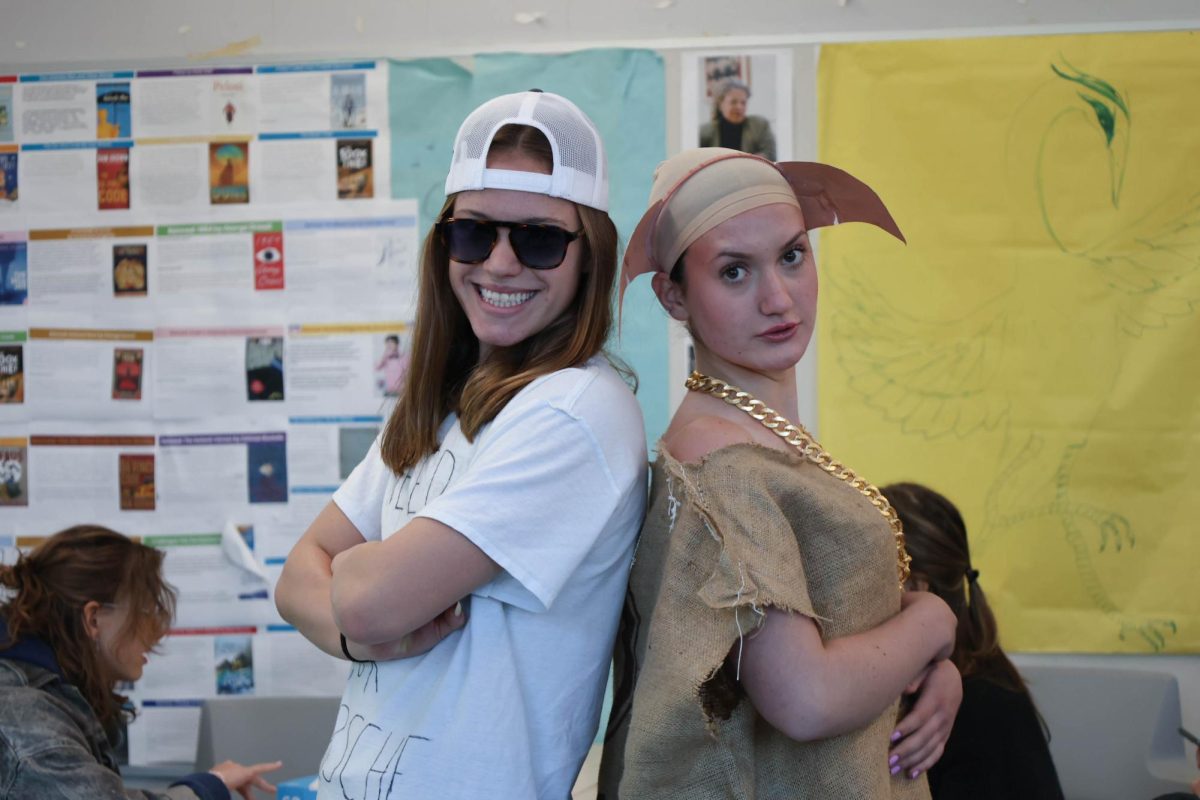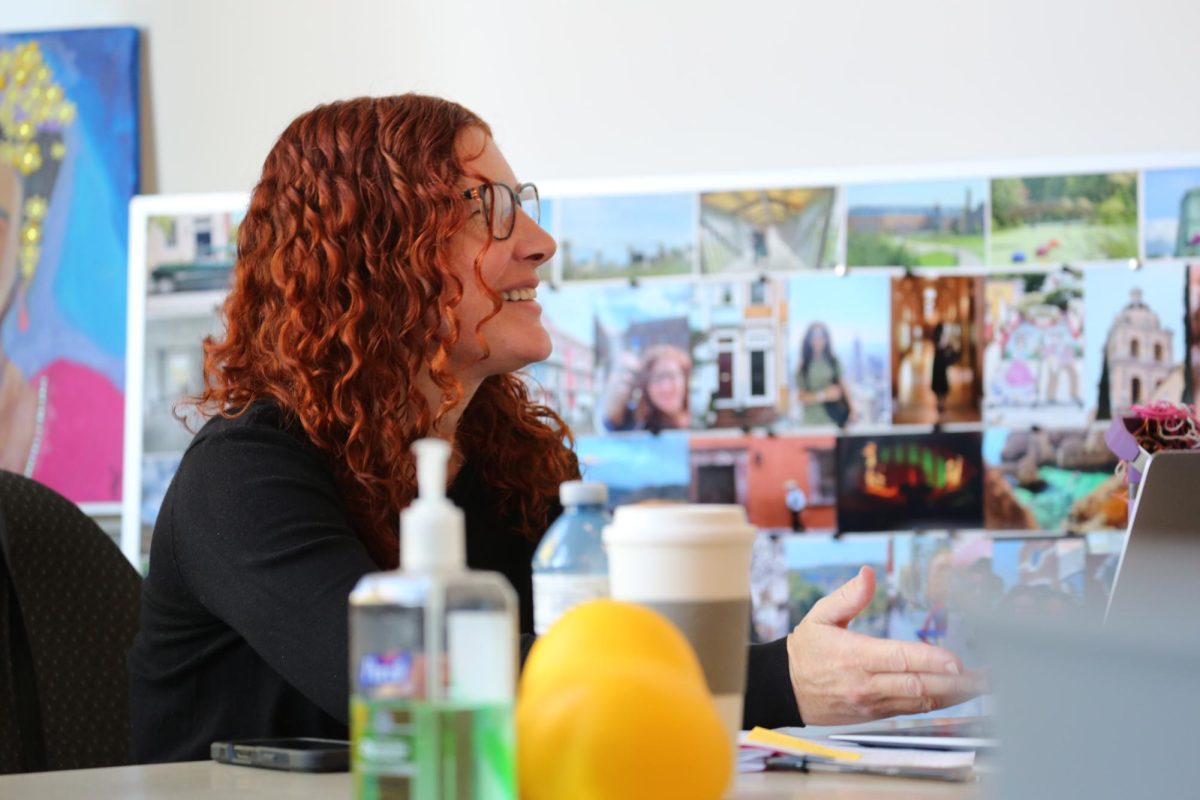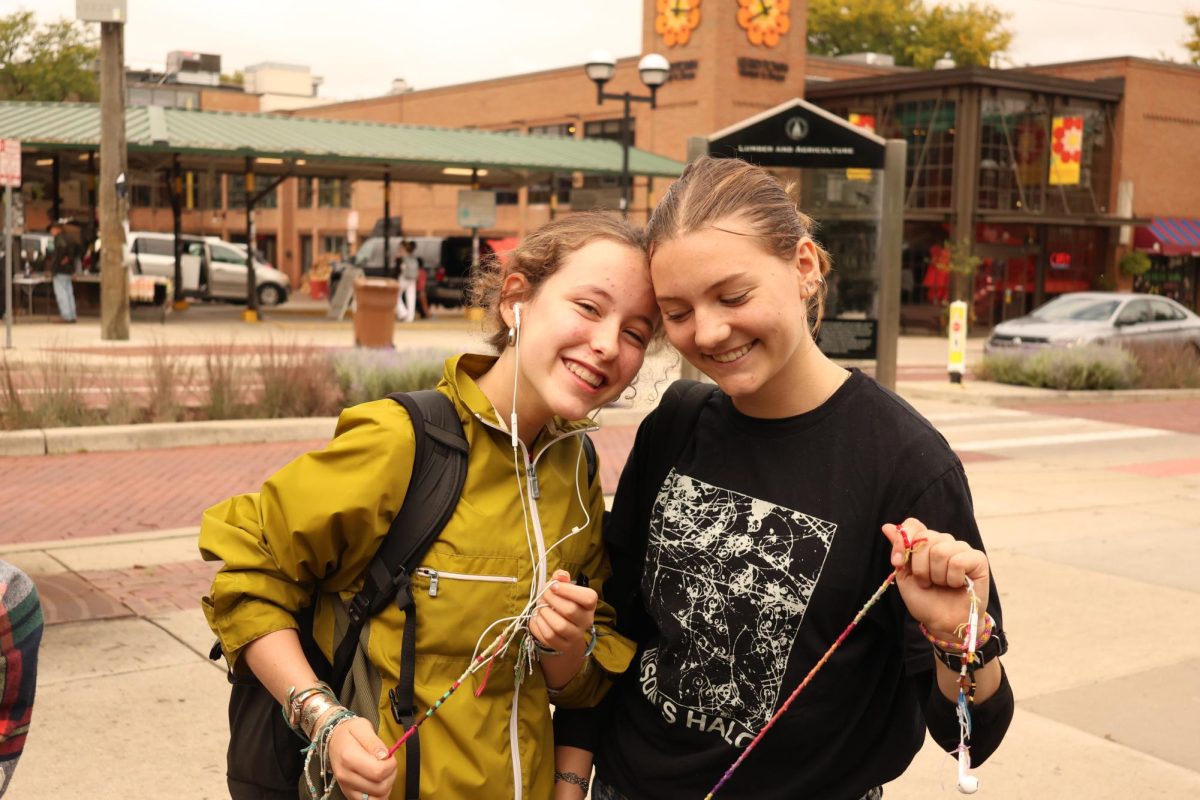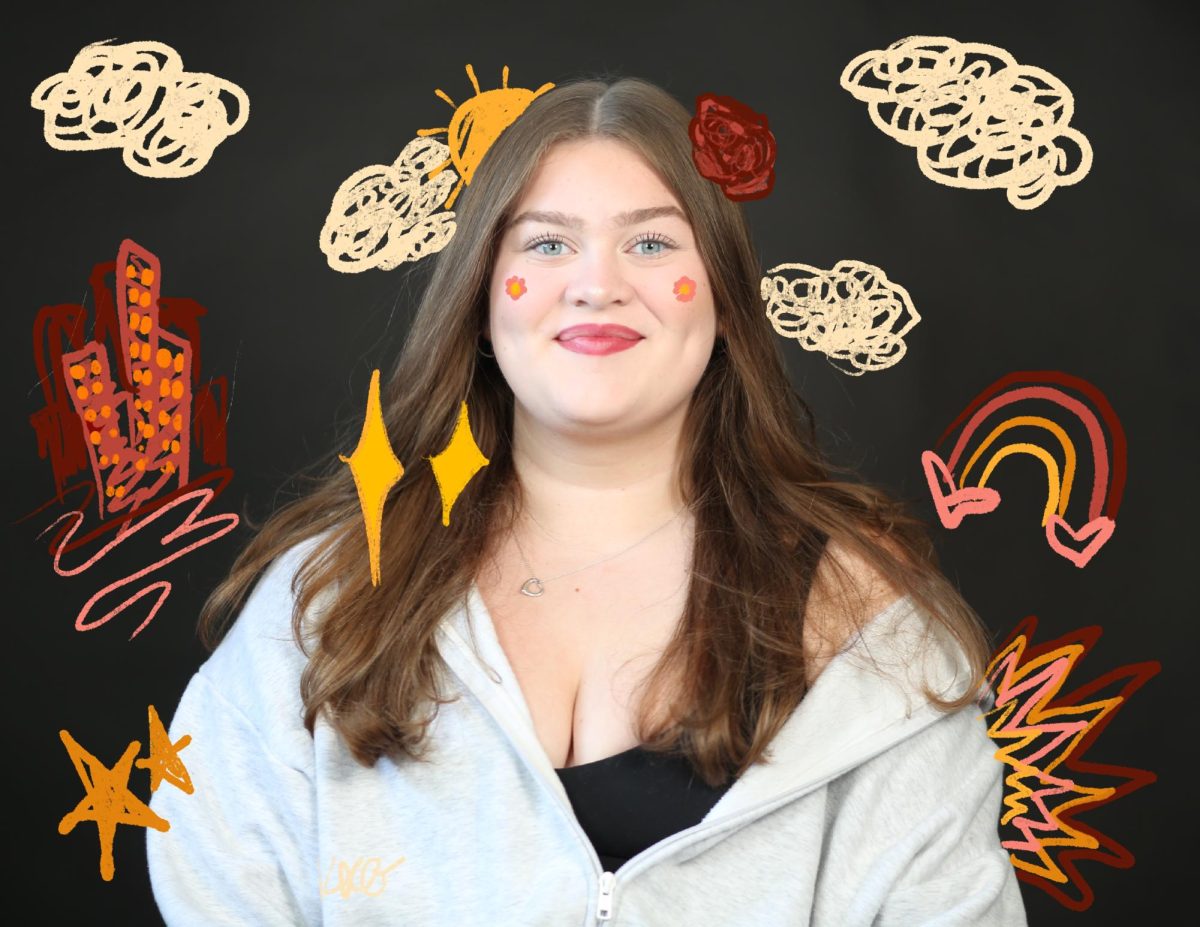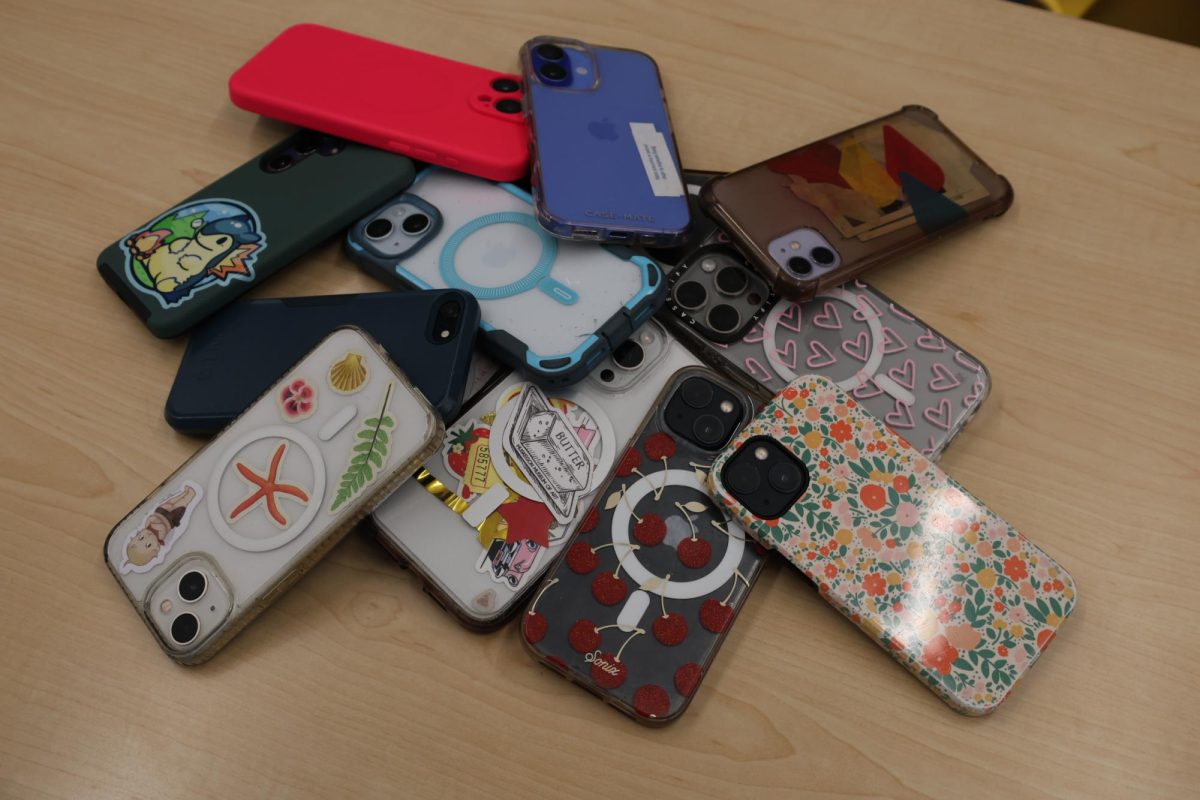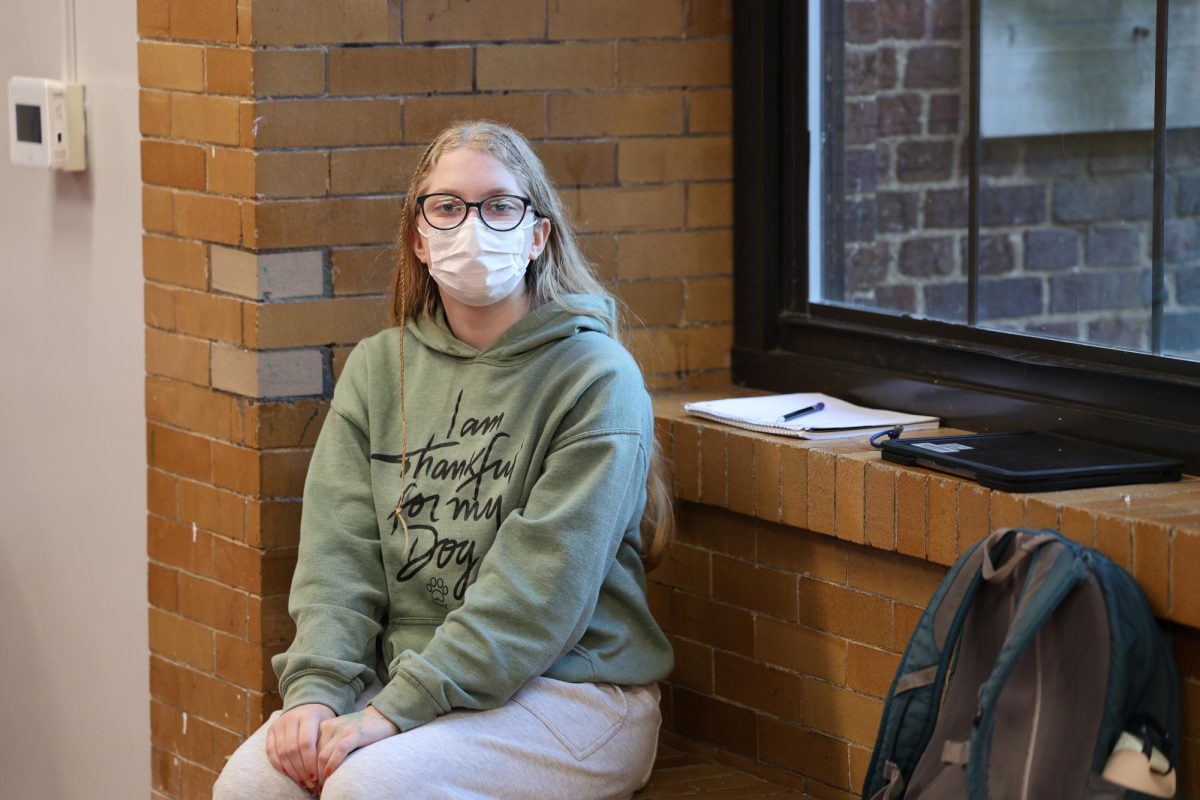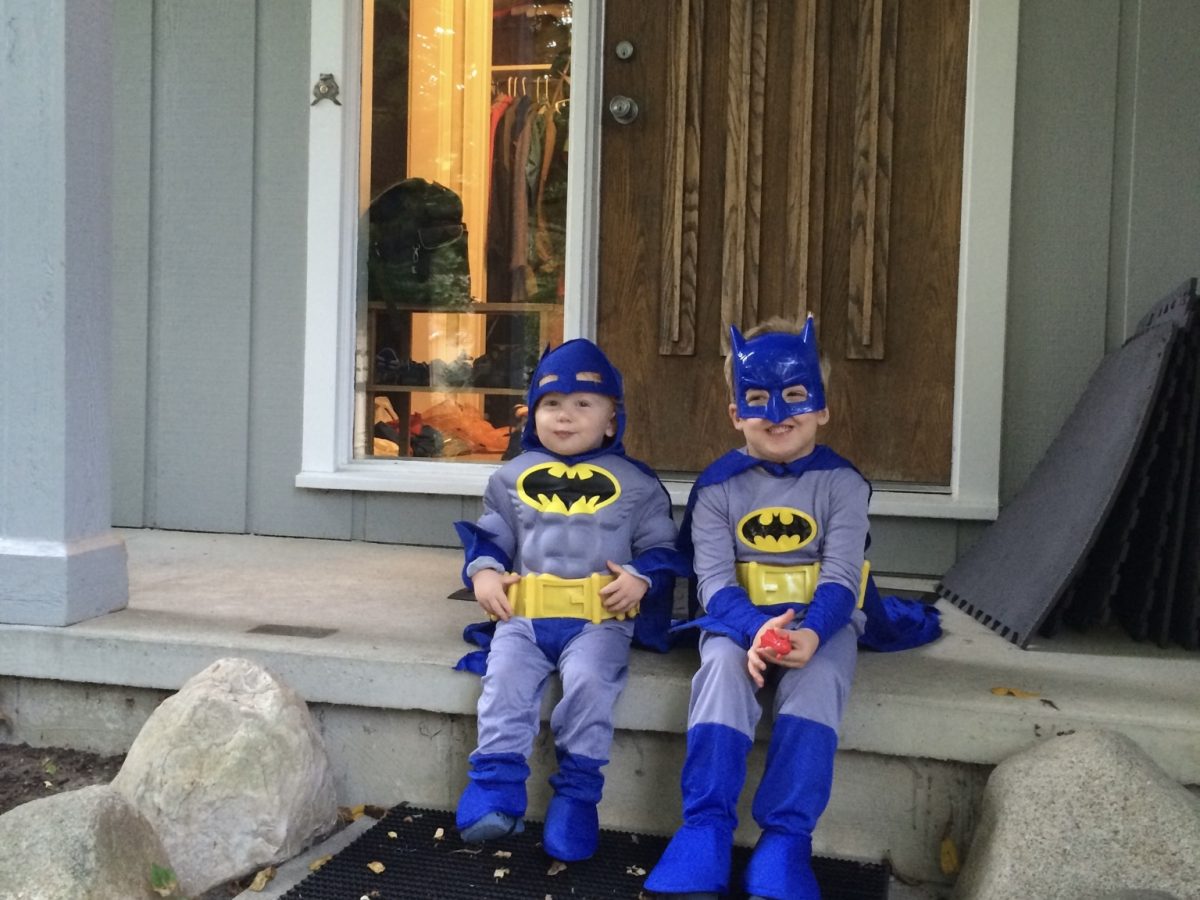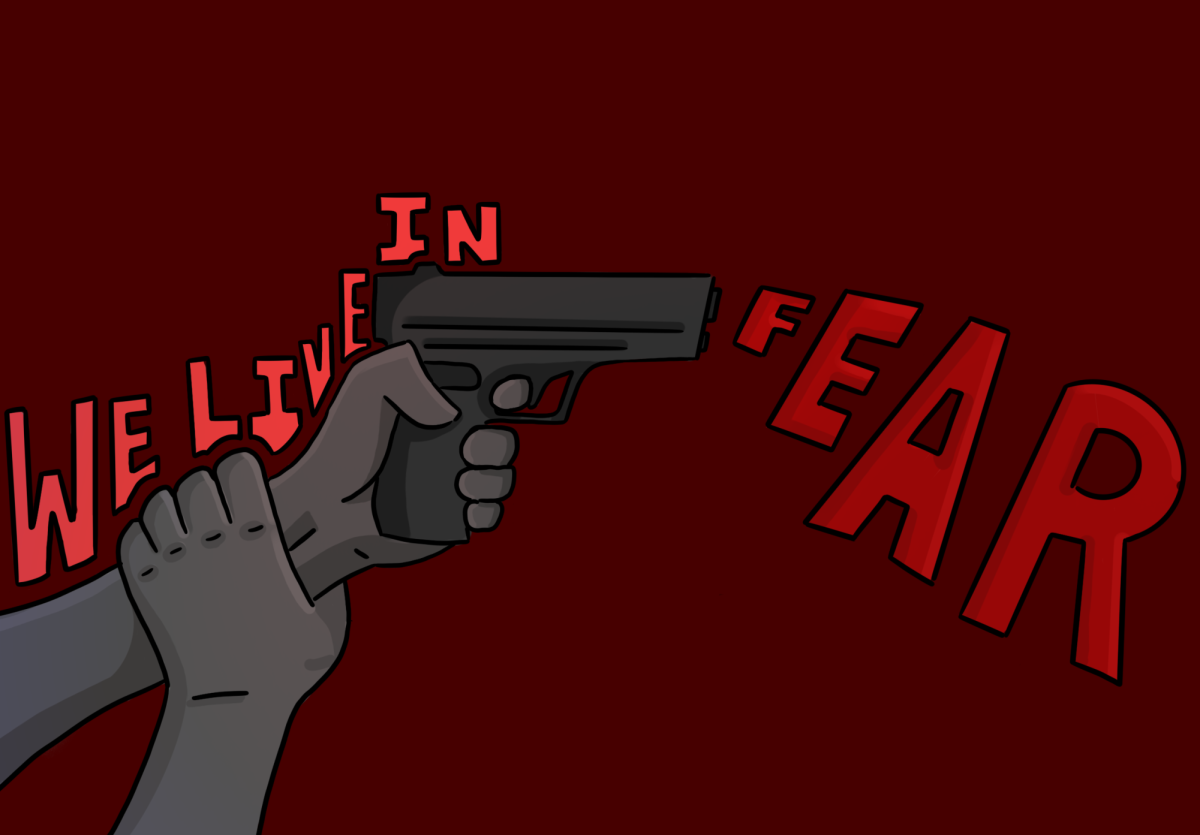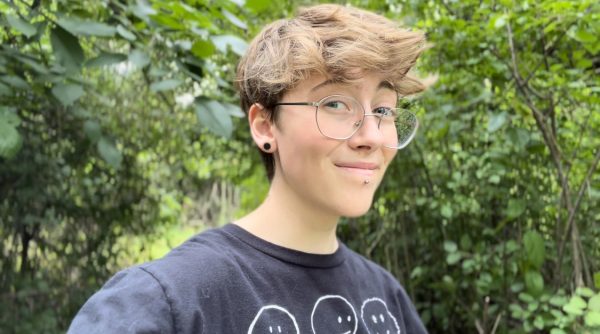Each time you sit down to watch a movie, you’re taking approximately 90 – 120 minutes out of your day to watch something that someone else out in the world has created. Something that took an eye for detail, something that may have been a passion project, or perhaps something that had simply been created to be a money grab.
As you sit on your soft, well tailored sofa with a big bowl of popcorn late into the night, you might find yourself wondering — what films should I be watching? What should I define as a “good” movie?
There are hundreds of cult classics to choose from out in the vast world of cinematography, from science fiction legends such as “Blade Runner” (1988)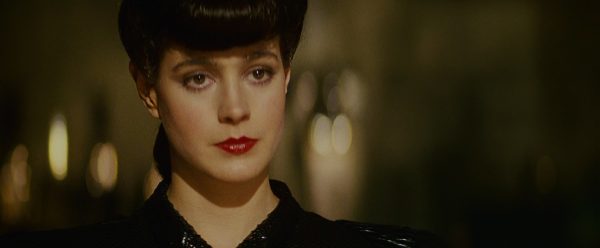 brought to the screen by Ridley Scott, to the iconic scene of Jack Rabbit Slim’s ‘Twist Contest’ from “Pulp Fiction” (1994) by Quentin Tarantino. When movies like these legends are put up against one another, it’s always a challenge trying to choose what movie to watch next. After all, there’s always been an ongoing list of “Top Ten Movies to Watch” roaring across social media and even through early tabloids. Trying to hit the nail on watching all of them is something that might not fit into your regular schedule. As of 2023, there are more than 876,000 films available for review on Letterboxd, a social media platform built for film enthusiasts and public critics– and that’s not even touching on smaller indie films produced or a variety of television shows up to preview. While it is impossible to watch every single film in existence, students here at CHS have found a way to master discovering what they define as a “good” movie, and where you can look next to watch another masterpiece worth your time.
brought to the screen by Ridley Scott, to the iconic scene of Jack Rabbit Slim’s ‘Twist Contest’ from “Pulp Fiction” (1994) by Quentin Tarantino. When movies like these legends are put up against one another, it’s always a challenge trying to choose what movie to watch next. After all, there’s always been an ongoing list of “Top Ten Movies to Watch” roaring across social media and even through early tabloids. Trying to hit the nail on watching all of them is something that might not fit into your regular schedule. As of 2023, there are more than 876,000 films available for review on Letterboxd, a social media platform built for film enthusiasts and public critics– and that’s not even touching on smaller indie films produced or a variety of television shows up to preview. While it is impossible to watch every single film in existence, students here at CHS have found a way to master discovering what they define as a “good” movie, and where you can look next to watch another masterpiece worth your time.
“I think the most important thing for a good film to do is to have a question to ask, whether it’s about the world, or sometimes just a random question,” Autumn Klus-Salisbury, a sophomore at CHS said. “Just have a question to ask, and know what you’re asking.”
Just as your first-grade literature teacher likely stressed to you, it’s about who? What? Where? When? How? Questions like these can shape the curve of a story. Creating something you can connect with an audience about is crucial, but then you might ask — how do you know if the question that’s being asked is a good one?
“I think what makes a good question is that it’s broadly applicable where somebody can take away from it, and even if it’s about a specific thing, they can take that into their own life and understand and start asking that for themselves,” Klus-Salibury said.
Asking your audience questions is what gets their attention. And you’re the audience, so keep in mind what questions catch your attention the next time you find yourself in front of a newly released movie trailer. However, it’s not always just what the story wants to know from the audience — sometimes it’s more about what the audience wants to hear, see, and know from the story. Genre and style can greatly affect a film’s rating, and where it might land on the Hollywood road to forever fame.
“Personally, for my favorite shows, I like live-action. But for movies I think animation is really great,” said Eddie Mobilio-Breck, a junior at CHS. “Animation can be whatever you want it to be. It can be so creative and different from real life. Which I really love because it’s like people thinking of something and then they make it because that’s not always possible. With live-action movies, there’s CGI, but that’s also a kind of animation, so I think with animation, it just really helps people’s ideas and work. You get something made out of it.”
Animation can build off and create an entirely new story just from the plot. While live-action films can do the same, Mobilio-Breck stresses how having that artistic element can completely change the experience for the viewer by making it an overall more engaging and mind-blowing experience.
“I think that I like both [animation and live action] together. I think that it’s good. Sometimes animation can be a little unrealistic, but that also depends on whatthe author or director is thinking about,” Mobilio-Breck said. “Like, I literally can’t get any Studio Ghibli movie out of my head right now. I’m just thinking about Spirited Away but that’s the most unrealistic thing ever.”
Often, favoritism of a director or producer can change the bias toward audience engagement and overall review of movies. Still, it’s important not to limit yourself to only a few in the extraordinarily large variety of creators across the world. There are thousands of different storytellers, all of whom come from different experiences and backgrounds with different renditions of a story to tell. Oftentimes, finding a writer who can illustrate topics well that can be drawn from their personal story too without specifically highlighting the piece to be about them can be a great way to connect back and hear what the writer is trying to express to you. Sometimes these stories can be drawn from your personal life too, through what stories you’ve connected to in the past by how these experiences writers depict can be relatable.
“I think my choice of books and the movies that I watch are very similar,” Mobilio-Breck said. “In elementary school, I used to read a bunch of Sarah Week’s books, which are mainly all realistic fiction about snippets of these people’s fake lives, but they totally can be 100% true. Sometimes it’s a little out of the ordinary, but it’s not like, ‘Oh, this person has superpowers’ or something. It’s like this person has insane luck. Or they could just guess and get it right.”
Having a past connection, such as childhood nostalgia or a remembrance of an event that may have happened to you can absolutely change the trajectory of your opinion over what movie might be the right fit for your mood and your time.
“The animation [of “Ponyo”] was so good. And I love all the little abilities in it when she’s running on water or running on a big fish. It’s just so fun,” Mobilio-Breck said. “And I got chills because it’s, oh my god, it’s so cute. And the entire thing is about evolution. She’s some chicken thing when she’s determined to find this little boy. And then she becomes a human when she realizes that she knows what she wants. She’s like, ‘I want to be with this person.’ Yeah, I think that’s kind of a big theme. But I think that’s what makes it super awesome. You’re watching it and you think, ‘oh my god, what the hell is happening’ but then at the same time, you’re thinking, ‘oh my god, that’s so awesome’. It’s really great.”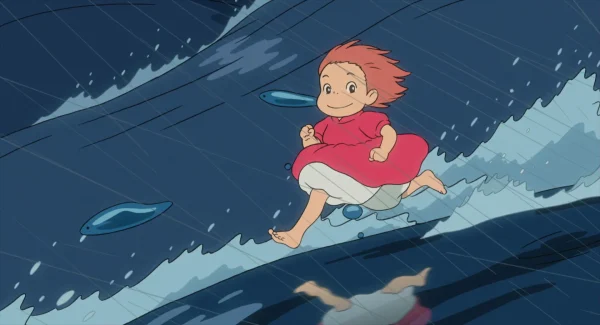
Having characters such as Ponyo can bring a great amount of light to a narrative, and draw in viewers, even if the plot might not be to their usual partaking.
“I think what makes good characters is that they’re all in some way connected to the film and to each other, even if they don’t ever talk to each other. They all should feel like they’re there for a reason,” Klaus-Salisbury said.
So picture this: you’re back in front of your TV, your computer, your tablet, sitting on a plush, round couch where you sink into the fabrics of the piece of furniture. You swipe and open up a streaming service application, the selection bouncing to life in front of your eyes. You toss a fresh piece of popcorn into your mouth. What movie does your finger go to? Why? As you glance at the time ticking from the top of the screen, your eyes dance to count the minutes. Two and a half hours. To watch any film, any episode, or any new experience. Before you decide to throw yourself at any option, consider why your eyes dart to that one colorful movie poster with your favorite actor on it. Your time is important. The stories you see from afar are important. What do you see and learn from others that is important to you?



